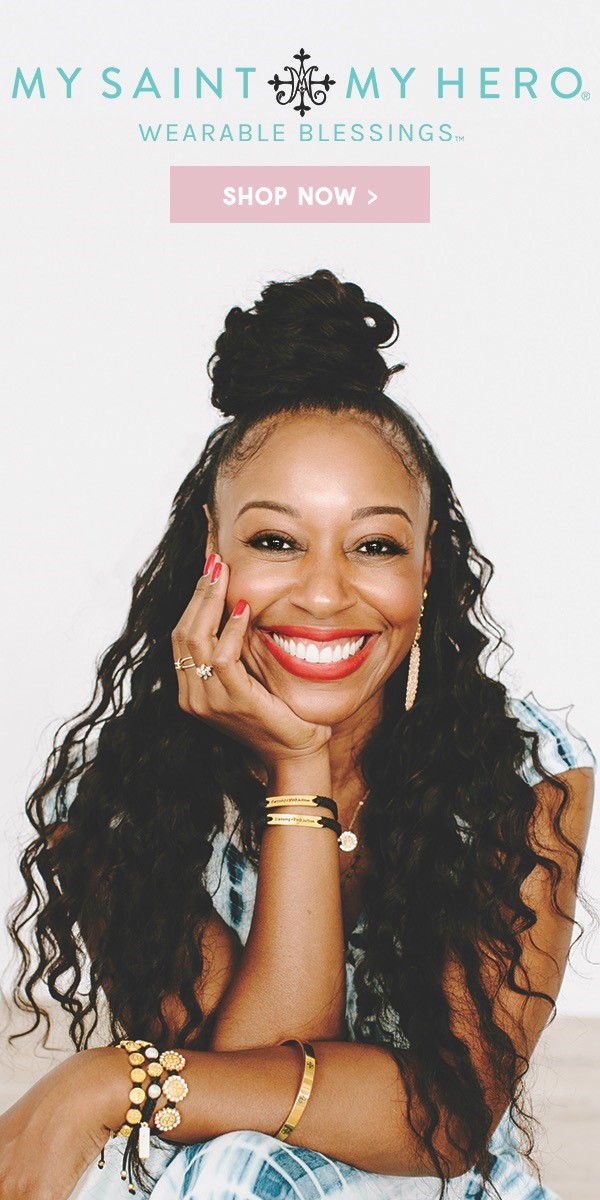

Still doing last minute shopping for the holidays? We’ve meticulously selected a variety of stylish, sustainable, and innovative gifts, perfect for the holiday season. This guide is your one-stop destination for finding the ideal present for every type of recipient – from the environmentally conscious individual to the beauty enthusiast, from the tech geek to the travel aficionado. Delight your loved ones with our handpicked selection and ensure that your gifts stand out this festive season.
Eco-Friendly Footwear & Accessories: 8000Kicks Hemp Shoes & Backpacks
Delve into the world of sustainable fashion with 8000Kicks’ eco-friendly hemp shoes and backpacks. These products, made from industrial hemp, are not just a statement of style but also a nod to environmental responsibility. The hemp shoes are known for their durability and natural antibacterial properties, making them a perfect choice for those who prioritize both fashion and the planet. Similarly, the hemp backpacks are a blend of durability and sustainability, ideal for everyday use. Gift these innovative products to make a statement this holiday season.
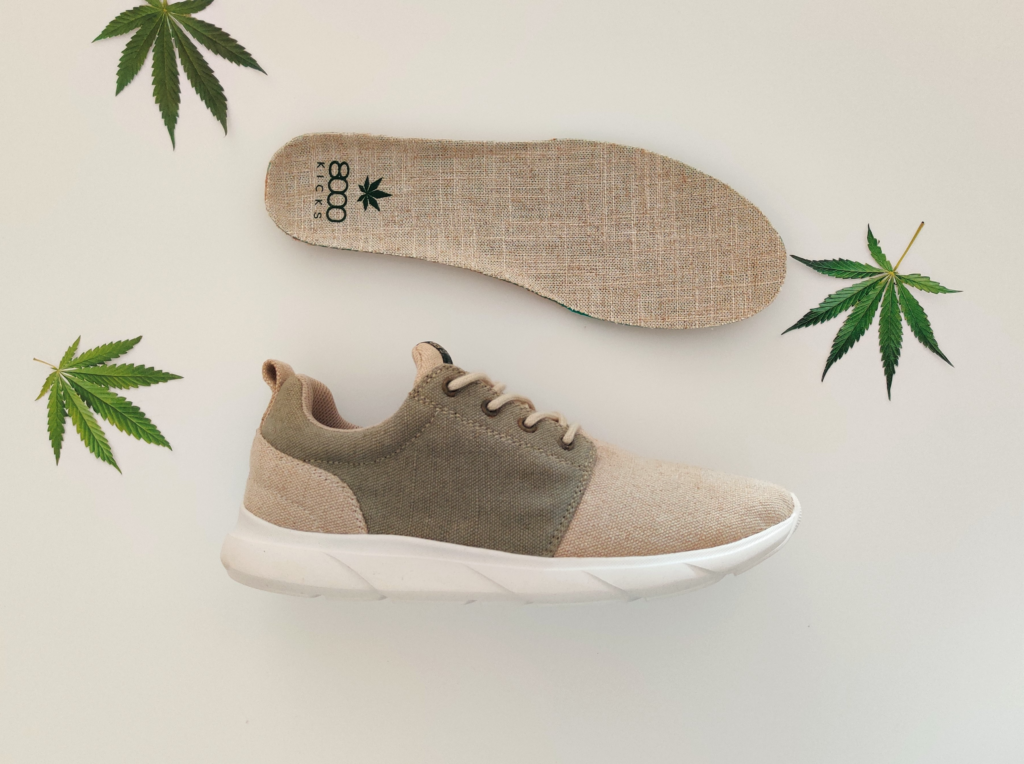
Hair Styling Perfection: Mane’s Curling Iron & Wand
Elevate someone’s styling toolkit with Mane’s professional-grade curling iron and wand. These hair tools are designed to create an array of styles – from big, bouncy curls to relaxed, effortless waves. The ‘Handle With Curl’ and ‘Let’s Bounce’ wand are infused with technology that ensures smooth, frizz-free results. These styling devices are perfect gifts for those who cherish their hair styling routine and are always looking to achieve salon-grade results at home.
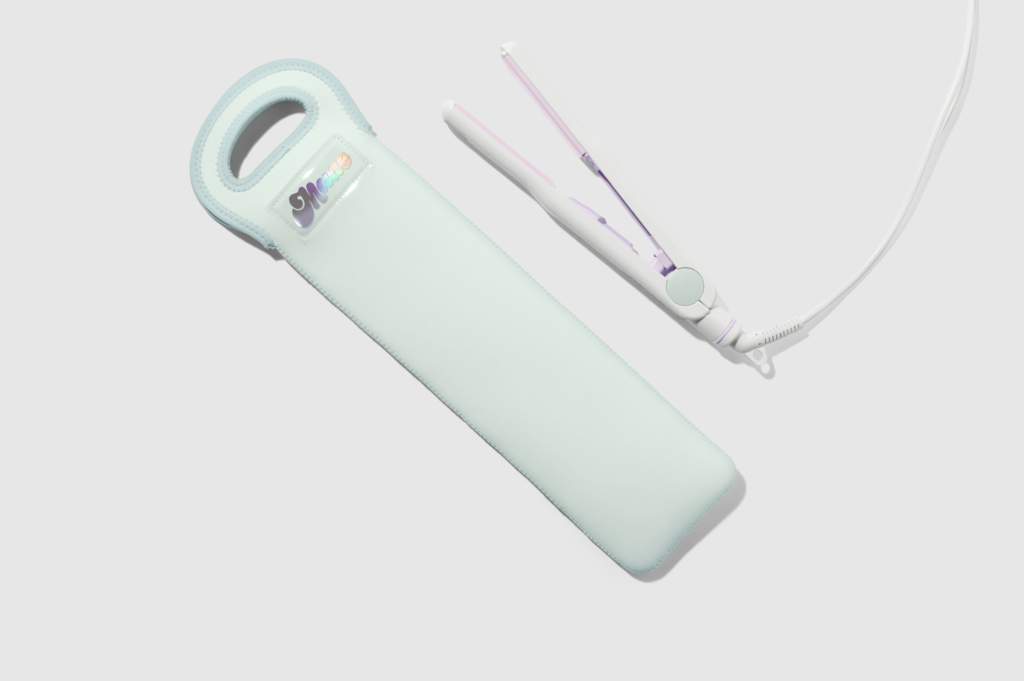
The Ultimate Makeup Organizer: Renzoe Box
Introducing the Renzoe Box – a revolutionary approach to makeup organization. This compact, eco-friendly case is designed to streamline makeup routines by consolidating all essentials into one place. It’s an ideal gift for makeup enthusiasts who are also conscious of their environmental footprint. The case’s ability to house various brands and its refillable design make it a standout choice for those looking to declutter their makeup collection while staying stylish.
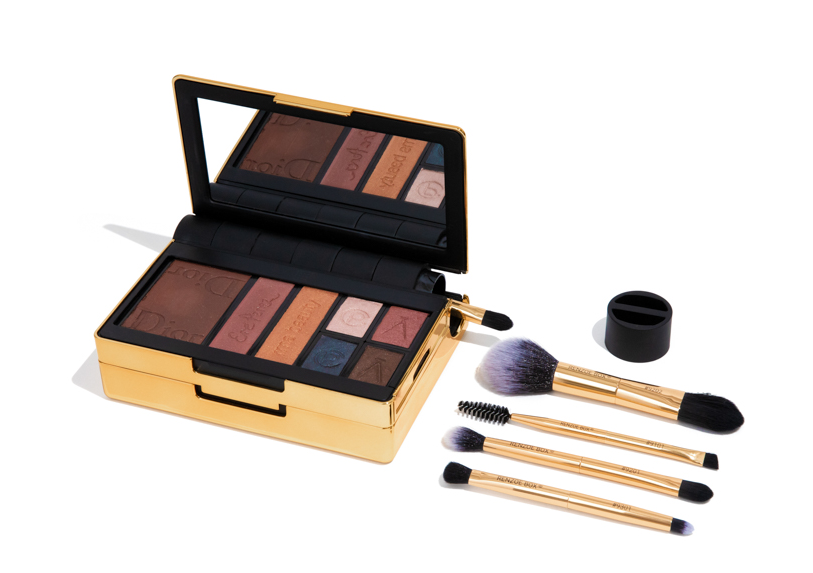
Cutting-Edge Smart Eyewear: Lucyd’s ChatGPT-Enabled Glasses
For the tech-savvy in your life, Lucyd’s Smart Frames are an unparalleled choice. These innovative glasses, integrated with ChatGPT, represent the forefront of eyewear technology. They offer a unique blend of style and advanced features, making them more than just a fashion statement. These glasses are a perfect gift for those who appreciate the latest technological advancements and wish to incorporate them into their daily life.
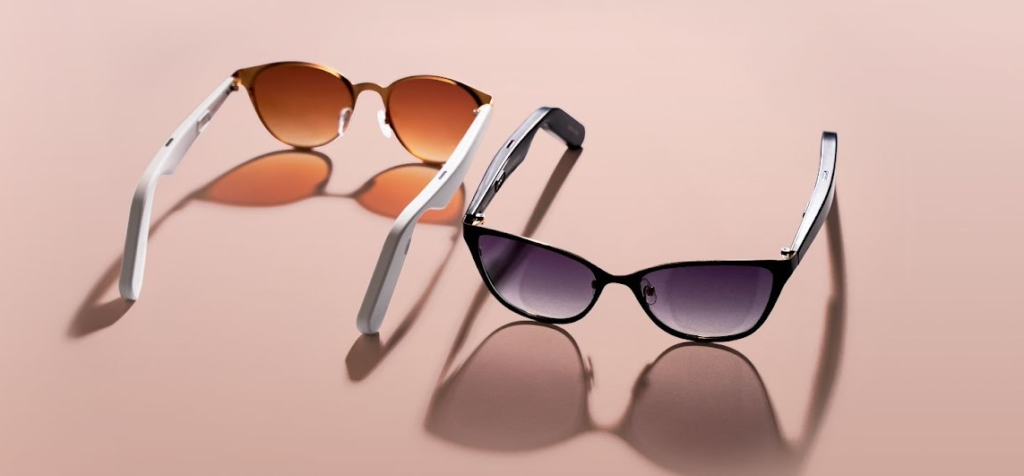
Travel in Style: CalPak’s Luka Duffle Bag and Packing Cubes
Gift the joy of organized travel with CalPak’s Luka Duffle Bag and compression packing cubes. The Luka Duffle Bag is a versatile choice for the gym, short trips, or as an everyday carryall, featuring a separate shoe compartment. The compression packing cubes are a game-changer for those who struggle with packing efficiently. This duo is ideal for those who are always on the move and appreciate practical yet stylish travel accessories.
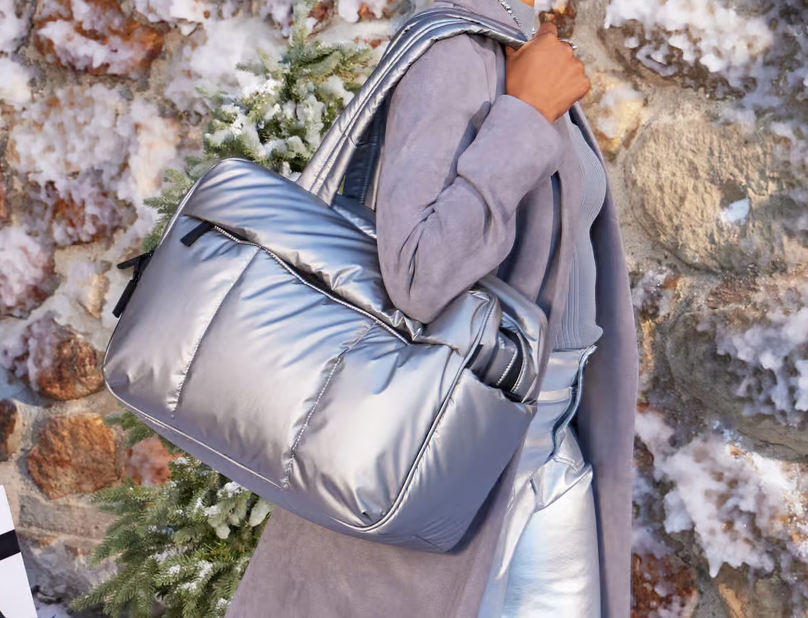
By Kinya Claiborne & Aphua Larbi-Amoah, STYLE & SOCIETY









